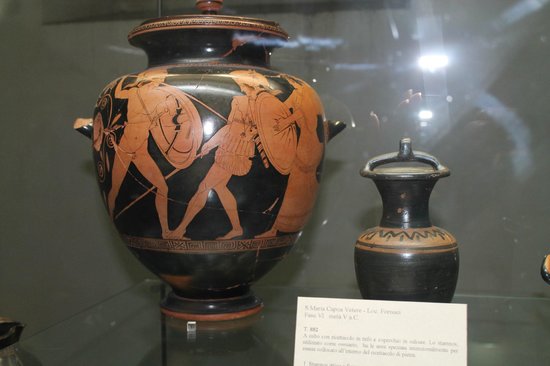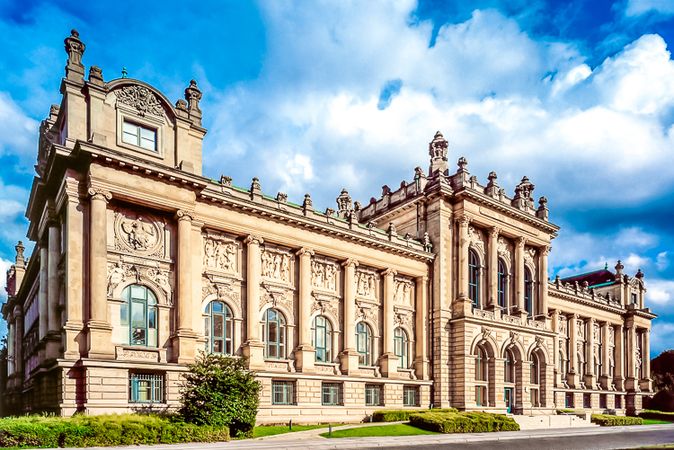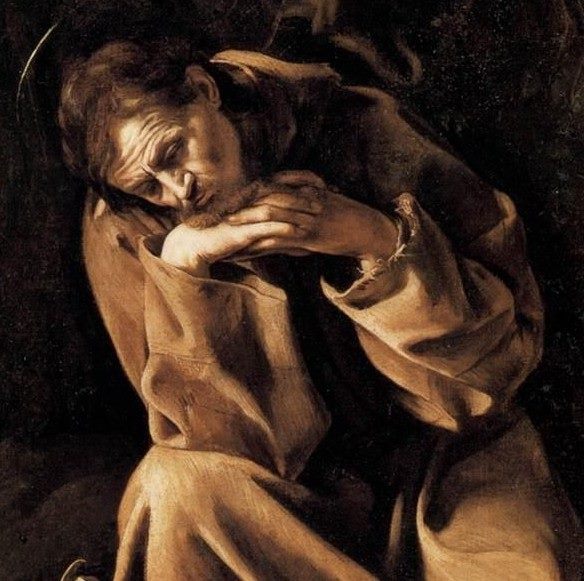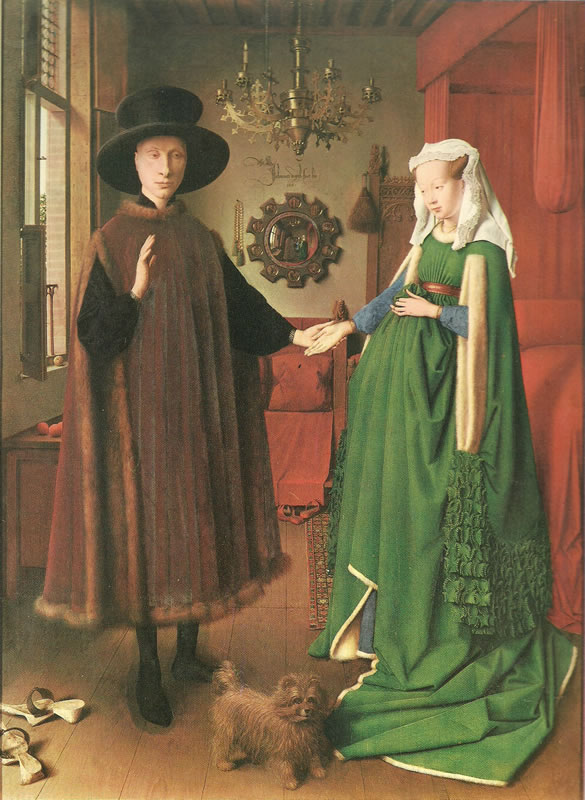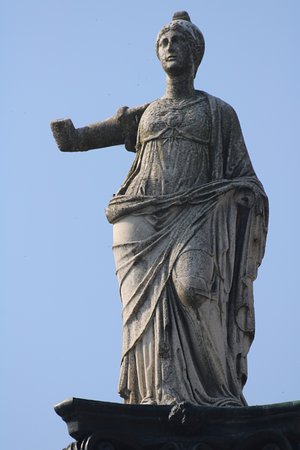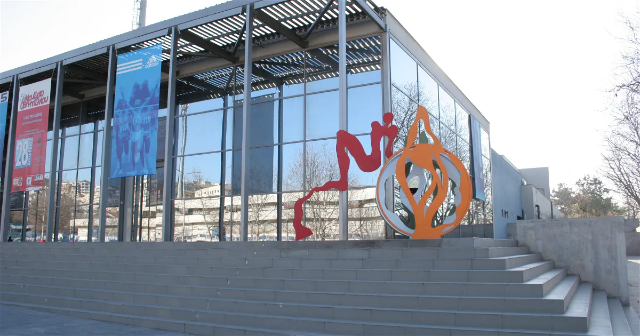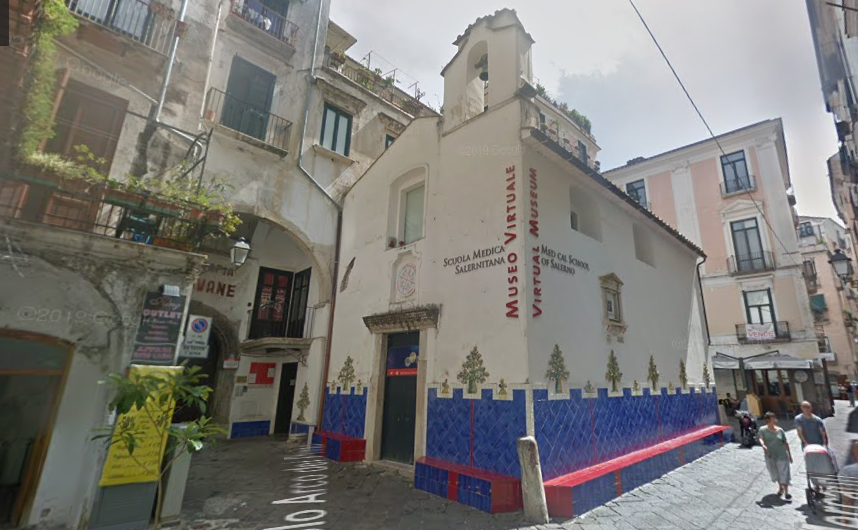The institution of the Archaeological Museum of Ancient Capua was born from the need to present, according to the most modern exhibition criteria, the materials brought to light during the excavations carried out in the second half of the 20th century in what was once the territory of Capua. In the Museum the objects are illustrated in chronological order and according to the contexts of excavation, the rooms are accompanied by explanatory panels and the showcases by captions to facilitate the approach to unusual objects for a modern observer.
To the ten rooms already open, in which are exhibited materials from the tenth to the first century BC, will follow, according to the future layout, those with the evidence of the full imperial age, until the decline of the city in the ninth century AD.
The museum itinerary begins with finds from the Bronze Age, datable to between the sixteenth and fourteenth centuries B.C., modest grave goods consisting of impasto pottery and arrowheads from a small necropolis discovered just south of the Agnena in the Strepparo area. The next two rooms are dedicated to the Iron Age, to which refer the grave goods dating back to the period between the ninth and seventh centuries BC. These are followed by objects of Etruscan origin (bronze basins with a beaded rim and bucchero vases), Greek objects including oinochoai trilobate (wine jugs) and kotylai (cups) and Danubian (amber).
The impasto pottery, produced locally, preserves very peculiar shapes (capeduncola) or imitates imported material. The fourth room introduces to the theme of the productions of the orientalizing period, characterized by the absorption of Greek cultural models (ceramics of protocorinthian and corinthian type). In the area of Capua this also occurs through contact with the Etruscans (bucchero vases, later produced locally; Etruscan-Corinthian aryballoi (small vases to contain ointments and perfumes).
Interesting examples of attestations of ancient bronze are the laconic krater and the cauldron with mobile handles, belonging to one of the trousseaus presented. It continues with finds of local production of the sixth century BC, found in an excavation at a furnace archaic, where they produced tiles. In the fifth and sixth rooms are exposed votive statuettes and antefixes (palmette, Gorgon’s head or Acheloo). In the seventh room there are finds from the archaic period (VI-V century B.C.), with numerous imported ceramics, Ionic cups and Attic vases with black and red figures and mythological scenes, together with other examples of local production with black-figure decorations or non-figured motifs. The next room documents the affirmation of the Samnites on the Etruscans at the end of the fifth century BC: the male grave goods now appear characterized by weapons, while in the female ones there are gold jewels and figured vases. In the same room there is also a reconstructed chamber tomb with a life-size representation of the deceased welcomed into the afterlife. They follow the tombs with painted case, the end of the fourth century BC, and kits with vases with red figures of Cumaean production, widely spread in the territory of Capri. The last room finally presents objects from recent excavations at the sanctuaries of the area, in particular from that, found, of the Patturelli Fund.
Not far from the Archaeological Museum of ancient Capua is the Mithraeum, a place dedicated to the cult of Mithras, an ancient deity of Persian origin, is one of the greatest examples of the rare Mithraic sanctuaries with pictorial decoration. The main hall, has a floor in cocciopesto with fragments of marble inserted and is covered by a barrel vault; on the long sides are leaning against the counters in masonry (praesepia) with the plane inclined towards the wall, equipped with small tanks and wells for purifying ablutions, on which sat the initiates to the cult during the ceremonies and leaned the food and oil lamps. On the back wall, above the altar, is painted a fresco depicting Mithras killing the bull. The scene takes place in front of the entrance of a cave, which stands out against the clear background of the sky, in the presence of some characters; in the center is represented the god pointing to his left knee on the rump of the animal with his right leg stretched backwards and pointed to the ground, while with his left hand grabs the snout of the beast to immobilize it and hit it in the throat with the dagger held in the right. The white bull is portrayed in a grimace of pain and with bent legs. Mithras is depicted as a young man, dressed in the colorful oriental costume: under a red Phrygian cap with borders in green and gold sprout curly hair with disheveled locks, which surround the face of the god, partly missing, portrayed in a frontal position. On his shoulders is fixed a red cloak with gold embroidery on the outside and light blue with seven golden stars on the inside, which swells to create a starry vault with an obvious allusion to the seven planets. A short tunic cinched at the waist is worn over a tunic with long sleeves and anaxirids (pants) in red with green and gold borders. From the wound of the bull flow rivulets of blood that a dog runs to lick, while a scorpion stings the testicles of the dying animal and a long snake crawls under its belly to suck its blood. On either side are two torch bearers (dadophoroi) dressed in Phrygian dress and armed with bow and arrows. At the bottom left of the cave is depicted the bearded head of Ocean, to the right that of the Earth with greenish hair to symbolize the vegetation; above, in the sky are left the Sun, with a red cloak and crown of rays from which a longer one departs towards Mithras, and right the Moon, characterized by the scythe and long hair. On the lunette of the eastern wall is depicted on a chariot the Moon, dressed in a billowing white cloak, holding the reins and inciting with the whip the two white and dark horses. On the side walls, near the entrance, are represented two other dadophoroi, always in Phrygian dress, holding torches and sacred twigs of Persian priests. On the facades of the podiums are depicted scenes of initiation of the adept, who, naked and accompanied by priests goes through the various degrees of purification. On the south wall is finally fixed a marble relief, surrounded by red, with the representation of Cupid and Psyche. This subject, a symbol of mystical love dear to funerary representations, also present in the primitive Christian religion, is not commonly represented in mithraea, so it is believed to be a subsequent reuse.
